
 |
|
|
Looking Ahead
Volume 60 Number 5 Date 05/21/2015 BLACK CUTWORM - Development of this insect has slowed in response to recent cold temperatures. Migrants continued to arrive in low numbers and oviposition is expected to increase with warmer weather ahead. Early signs of cutworm infestation should become apparent next week in emerging corn. Larvae thrive best in reduced tillage and no-tillage fields, especially those with previous winter annual weed infestations, which is where growers and consultants are advised to scout for evidence of cutworm feeding. ALFALFA WEEVIL - Larvae are appearing in low numbers in southern and central Wisconsin alfalfa. Regular scouting to assess leaf feeding damage should continue through first harvest and early second-crop regrowth. A defoliation level of 40% of stems with weevil feeding in the first crop signals the larval population is high and an early harvest would be beneficial. EUROPEAN CORN BORER - Degree day accumulations near Beloit, La Crosse, Lone Rock and Platteville are well beyond the 374 units (modified base 50°F) required for the spring flight to begin, though significant moth activity is unlikely until warmer nightly temperatures return. Black light trap contents should be closely examined during the next two weeks for early moths. PLUM CURCULIO - Cool weather this week delayed weevil migration into orchard perimeter trees, but the first adults and oviposition scars can be anticipated soon in orchards where petal fall has occurred. Apple growers are advised to examine early-season cultivars for the crescent-shaped scars indicative of plum curculio egg laying. Control treatments are generally directed against the adults to prevent oviposition. CODLING MOTH - Emergence of the first spring moths continued, despite low temperatures. A few monitoring locations reported counts of 1-8 moths, but biofix was not established since captures did not occur on consecutive nights. The exception was near Malone in Fond du Lac County where traps registered very high counts of 21-25 moths on May 16-17. Daily monitoring of pheromone traps is strongly recommended in the week ahead or until biofix has been determined. -- Krista Hamilton, DATCP Entomologist 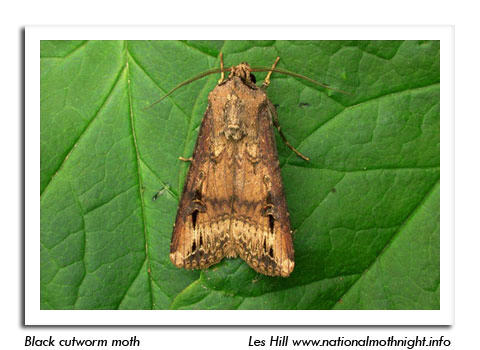

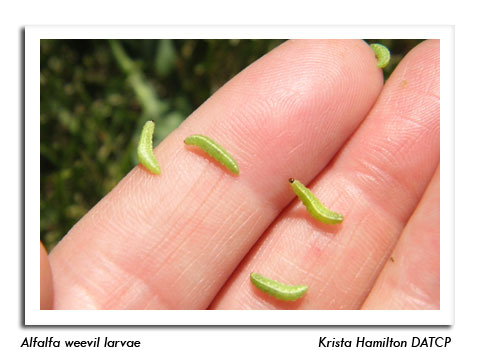
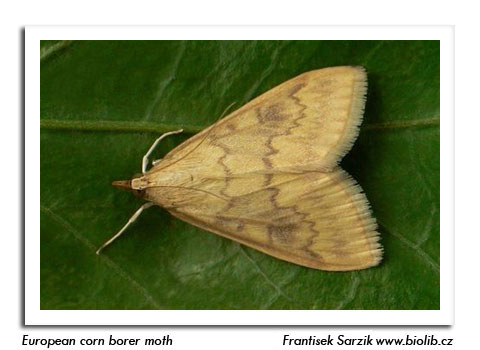
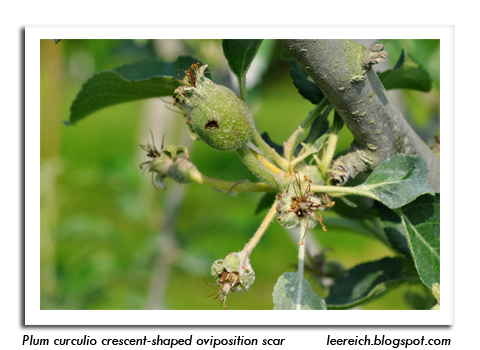
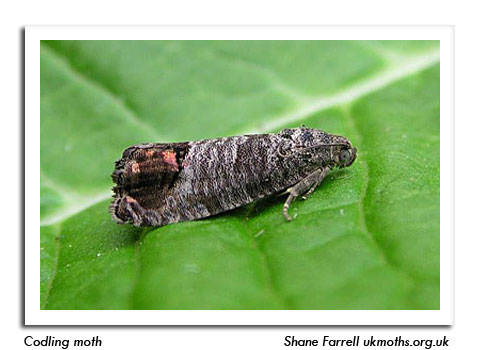
|
|
|